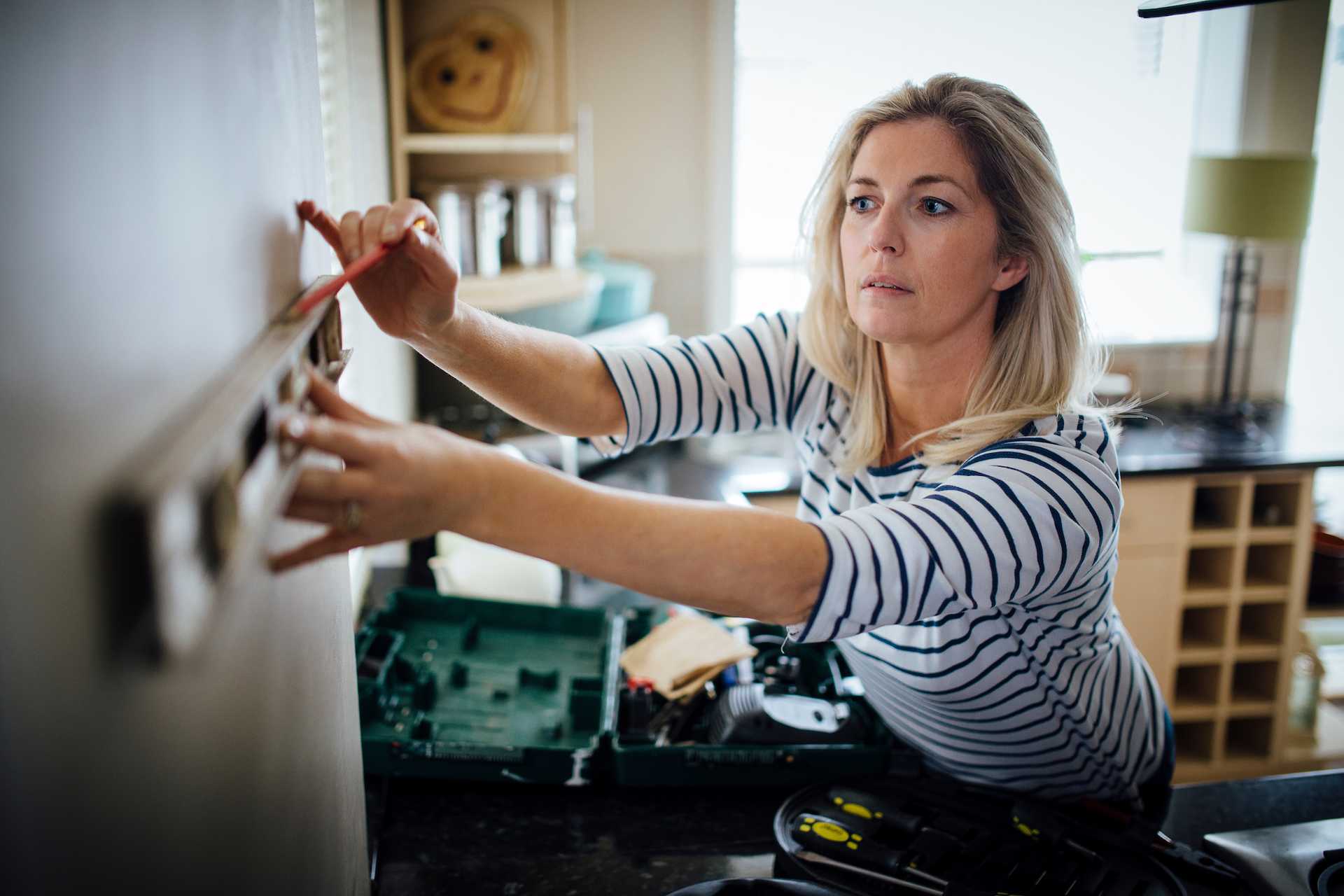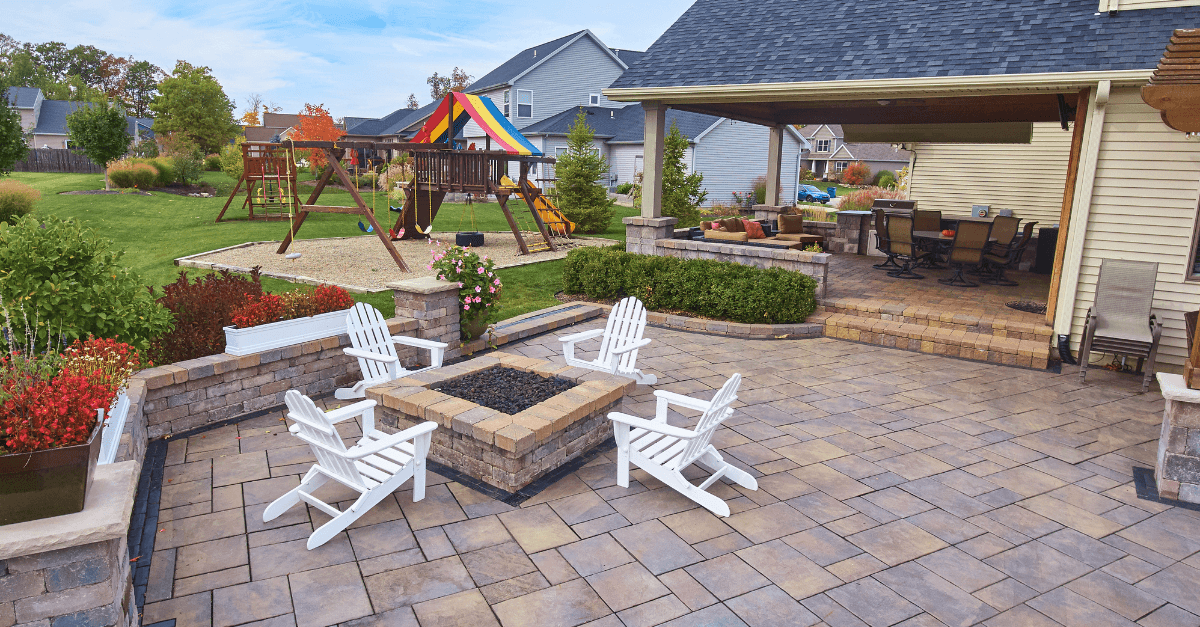7 DIY Home Repairs You Can Master

Becoming a homeowner is an exhilarating journey. However, it also means taking on maintenance tasks and minor repairs. While some of these tasks require professional expertise, homeowners can handle many others. In this blog post, we explore some simple DIY home repairs you can master, saving money and boosting your confidence and independence.
1. Fixing a Leaky Faucet:
This is one of the most common issues that homeowners face. Before you call in a plumber, remember that a leaky faucet often results from a worn-out washer. You can fix this issue with a wrench, some plumber’s tape, and a replacement washer in no time. Remember to shut off your water supply before you start.
2. Unclogging Drains:
A clogged drain can slow your day but doesn’t always require a professional. A good-quality drain snake or hand auger can often dislodge whatever clogs your drain. If that doesn’t work, mixing vinegar, baking soda, and hot water can help dissolve minor blockages.
3. Patching Drywall Holes:
Drywall holes from hanging artwork or minor accidents are easy to fix. You only need some spackle, a putty knife, and some sandpaper. Apply the spackle to the hole, let it dry, sand it smooth, and then paint over it. Voila! The wall is as good as new.
4. Painting:
A fresh coat of paint can give your room a whole new look. All it takes is prep work, like cleaning your walls and covering your furniture. Remember to start with a primer for the best results. When painting, use a roller for large areas and brushes for edges and corners.
5. Replacing a Light Switch:
If you’re facing issues with a light switch, it’s often a simple fix. Start by turning off the electricity to the switch. Then, remove the faceplate and the screws securing the switch. Disconnect the wires from the old switch and connect them to the new one, ensuring you match the wires to the correct terminals. Replace the screws and the faceplate, and turn the electricity back on. Remember, it’s always best to call a professional if you need help.
6. Fixing a Running Toilet:
A running toilet is often caused by flapper or fill valve issues. Replacing these parts can be done relatively quickly with kits available at any hardware store. Remember to shut off the water supply before starting the repair.
7. Caulking:
Caulking is a simple task that can have a significant impact. It helps seal gaps in windows and doors, reducing drafts and saving on energy bills. Use a caulk gun for an easy application, smoothing it out with a caulk smoothing tool or your finger.
Taking the time to learn these skills helps you save on repair costs and makes you a more confident homeowner. You’ll understand your home better and take pride in handling minor issues. However, if a repair seems overwhelming or involves major electrical work, gas, or roofing, it’s best to call a professional. DIY is about becoming more self-sufficient, but knowing when to seek help is also essential. After all, a well-maintained home results from both independence and wise decision-making. Happy DIY-ing!


